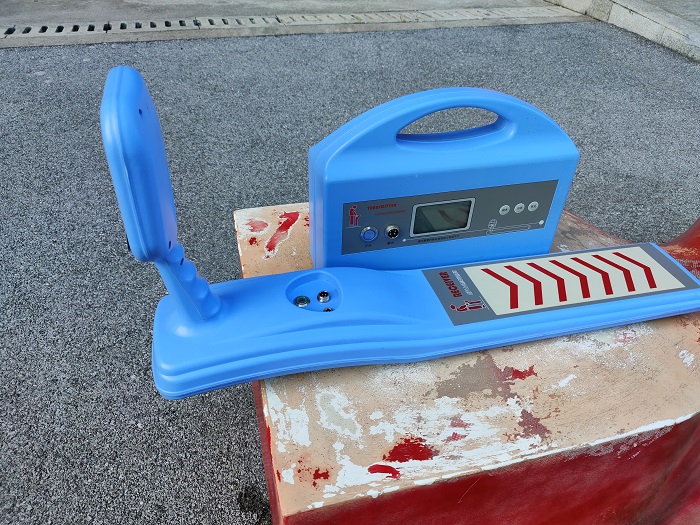With the acceleration of urbanization and the increasing complexity of underground pipeline networks, accurate and effective management of these pipelines has become crucial, and Pipe Cable Locator, as an indispensable technological tool, plays an important role in maintaining the safety of urban infrastructure and reducing the risk of construction, etc. This article will discuss the working principle of Pipe Cable Locator and its application scenarios, as well as how to choose the right device. In this article, we will discuss the working principle, application scenarios and how to choose the right equipment for you.

I. Introduction of Pipe Cable Locator
Pipe Cable Locator is mainly used for non-destructive testing of all kinds of pipes buried in the ground (such as water supply pipes, gas pipes, cables, etc.), and determining their location, depth and even material information through non-invasive means. These instruments are widely used in municipal engineering, building construction, environmental protection and other fields.
Second, the principle of work
1. Electromagnetic induction method: based on the conductor in the alternating magnetic field will produce eddy current effect of this physical phenomenon, the use of transmitters to the target area to impose a specific frequency of the signal, the receiver captures the reflected or scattered back to the signal strength changes to determine the location of the pipeline.
2. Geo-radar method: using high-frequency short-pulse electromagnetic wave to penetrate the soil layer and be reflected back by the interface of different media, and the depth of the pipeline is calculated according to the echo time difference.
3. Sonar positioning technology: It is suitable for pipeline detection in underwater environment, and realizes accurate measurement through sound wave propagation characteristics.
Application Scenarios
-Municipal construction: avoid destroying the existing underground facilities when remodeling new and old cities.
-Pipeline network maintenance: regular inspection to ensure the normal operation of the pipeline network system.
-Pre-construction survey: Provide detailed underground condition analysis report for large-scale projects.
-Troubleshooting: Quickly locate the specific position of the leakage point or other abnormal conditions.
Fourth, how to choose the right detector
1. Define the needs: Determine the maximum depth range and accuracy requirements of detection according to the actual needs.
2. Functional considerations: consider whether additional functional modules, such as data recording and transmission capabilities.
3. Convenience of operation: For frequent mobile operation, lightweight and portable design is particularly important.
4. Cost-benefit ratio: Combine with the budget to make the most cost-effective choice.
5. Brand credibility: Prioritize brands that have a good reputation and can provide long-term technical support.
V. Future Development Trends
With the development of Internet of Things technology, intelligence will become one of the mainstream trends in the field of underground pipeline detection. The future of the detector will pay more attention to the user experience, for example, through the cell phone application remote control equipment, automatic identification and classification of different types of pipelines and other functions will be gradually popularized.
The correct use of the Pipe Cable Locator will not only improve work efficiency, but also protect public safety to a large extent. With so many options available on the market, consumers should make an informed decision based on a combination of factors. Whether it's for routine maintenance or emergency repairs, the Pipe Cable Locator is an indispensable tool with excellent performance and ease of operation.








